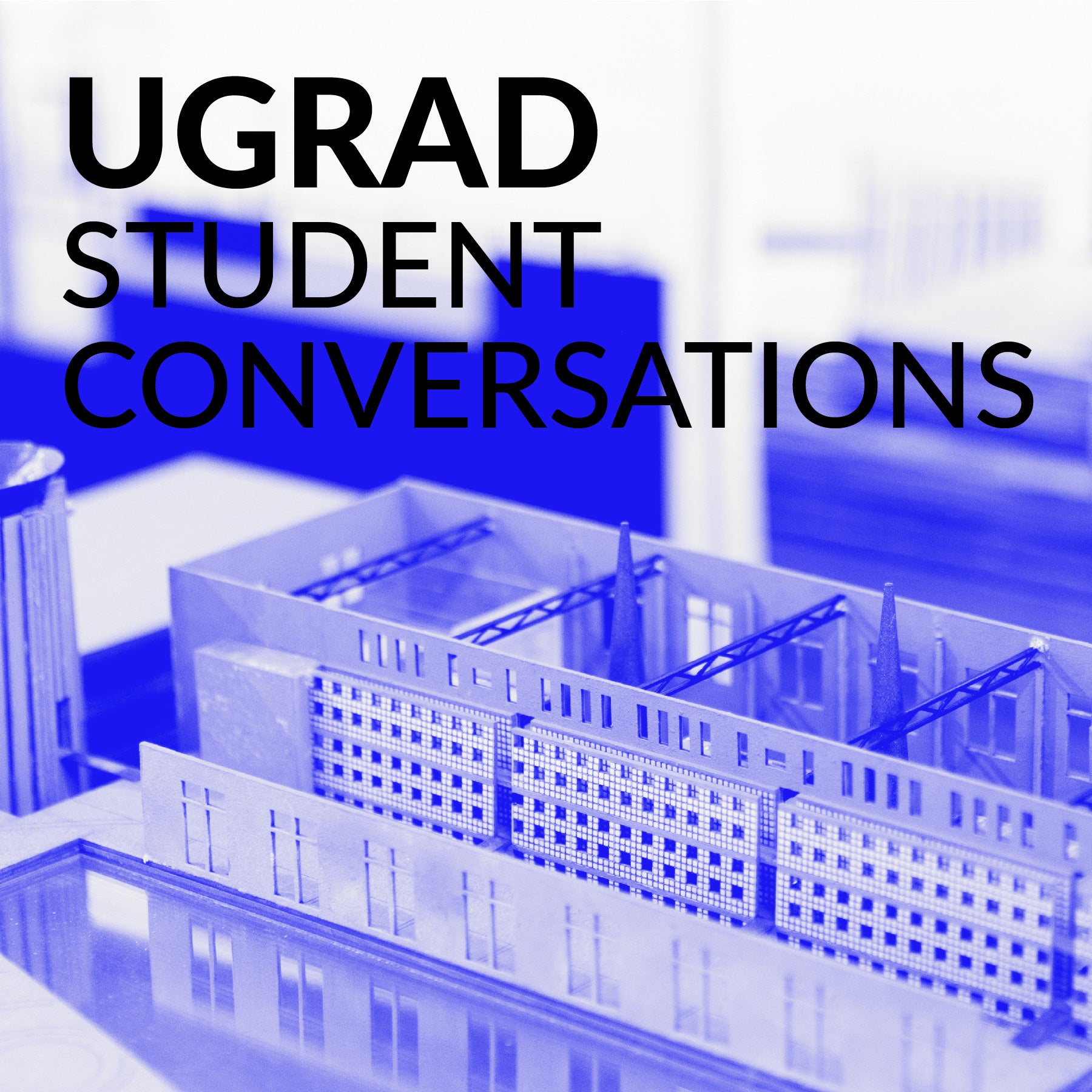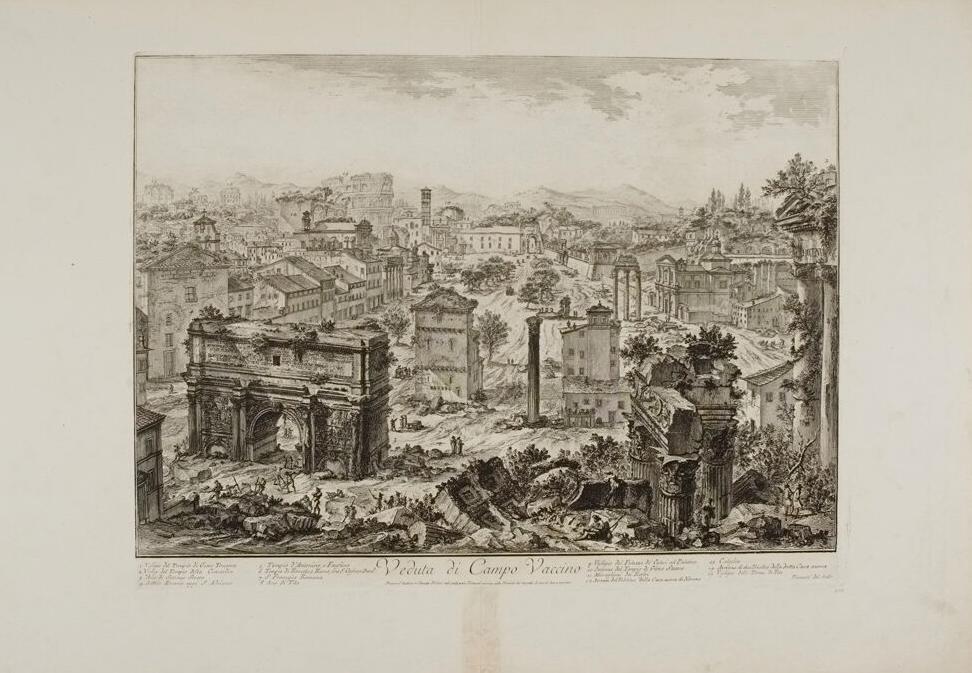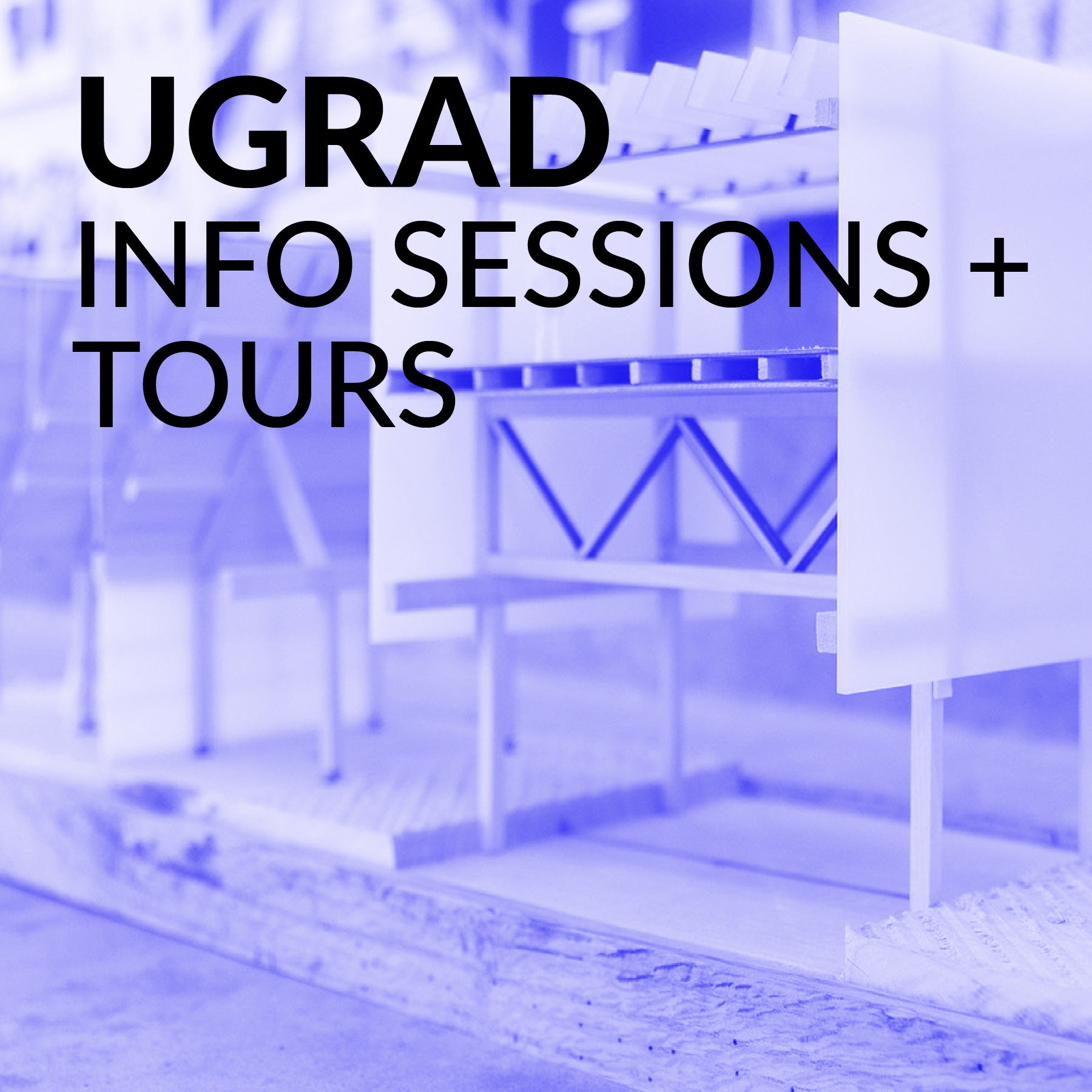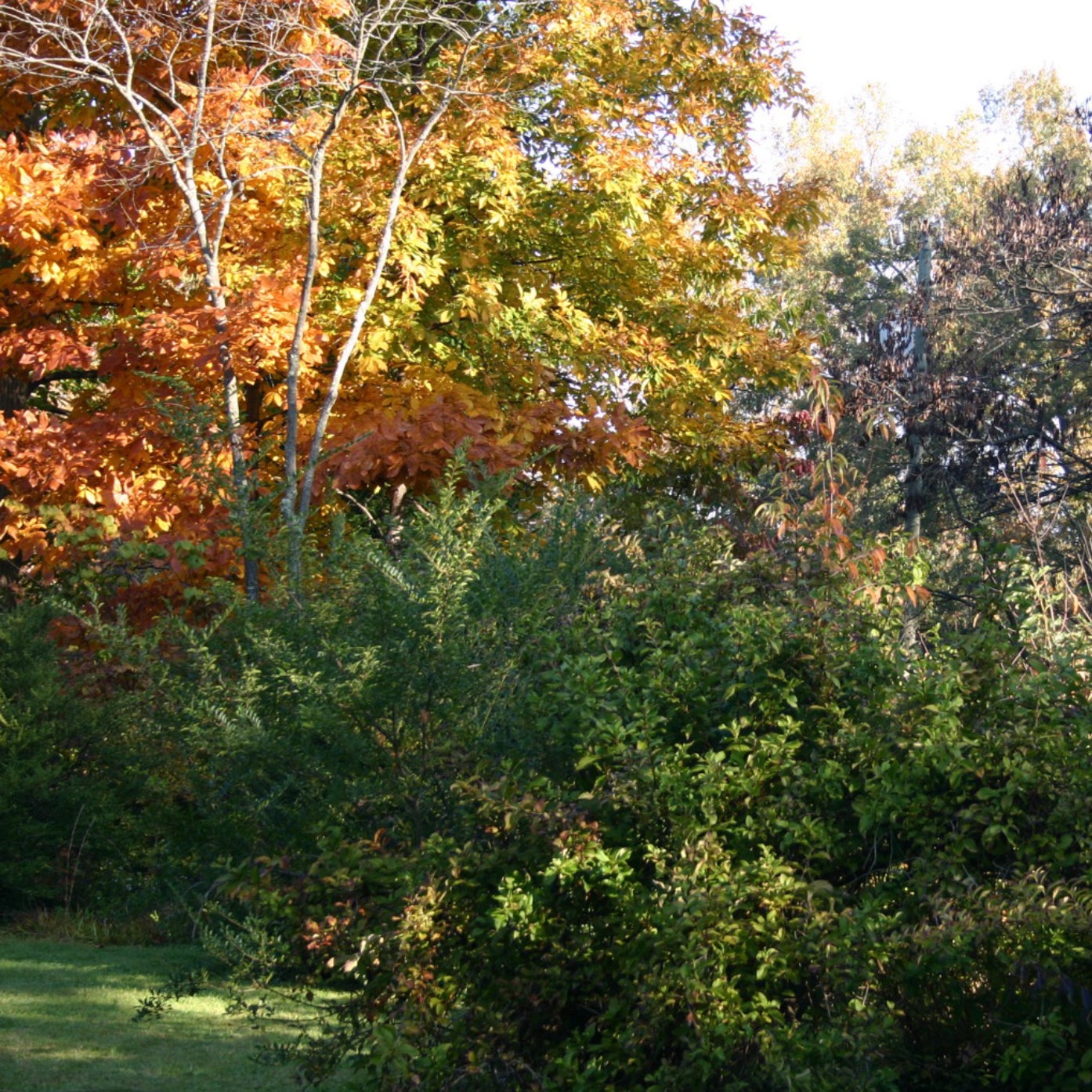
Architectural Conservation Before Modernity: Origins and Motivations

Hanbury Lecture & Workshop
Architectural Conservation Before Modernity: Origins and Motivations
Fri, Sept 13
1–4PM
Campbell 325
How did architectural conservation take shape in the western world? Scholars place the beginning of the history of preservation between the end of the Eighteenth and the beginning of the Nineteenth century. Yet, important premises rooted in the ancient European past led to those modern theories. This talk and workshop will attempt to resume the roots of conservation in the deep past of Western culture, explaining why they represent one of its highest expressions.
About the Speaker
Simona Salvo is an architect, PhD and specialist in the conservation of architectural heritage, currently associate professor at Sapienza University of Rome. Her scientific interests are focused on theoretical and technical issues especially of contemporary architecture, and on the dynamics by which the principles of conservation spread around the world, with specific attention to the trajectories of the Italian restoration culture. Professor Salvo has conducted world heritage training through UNESCO.
Supported by the Hanbury Endowment in Historic Preservation.


